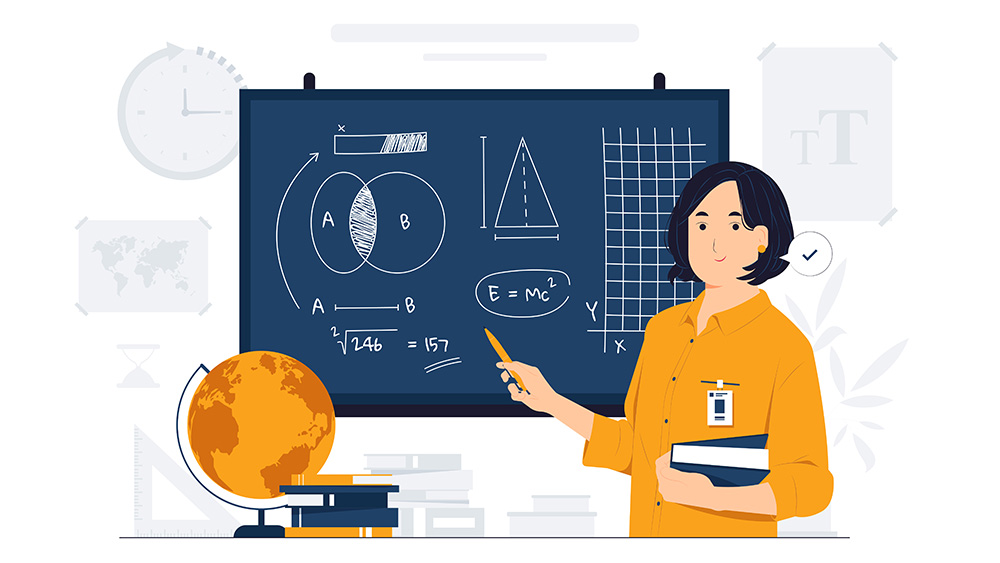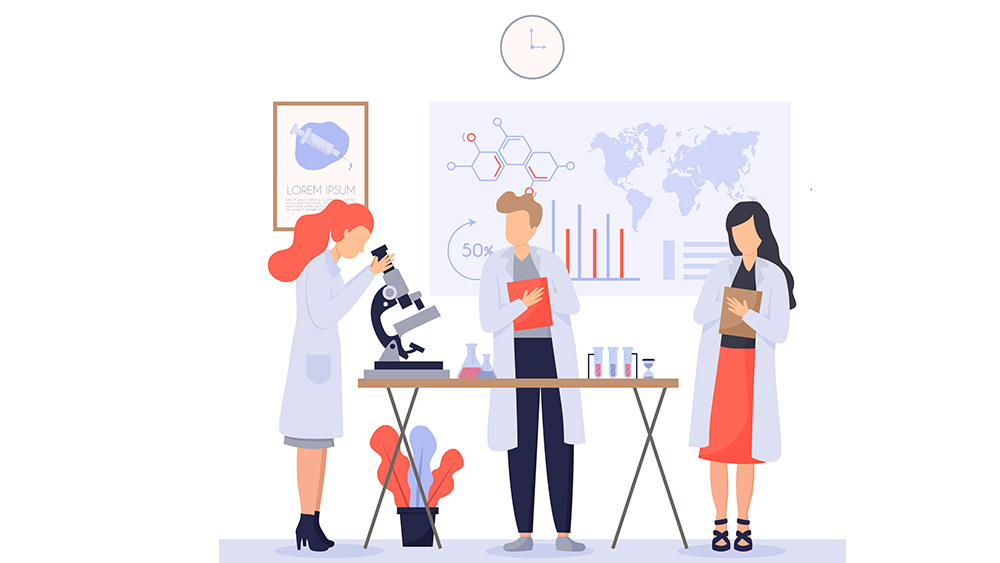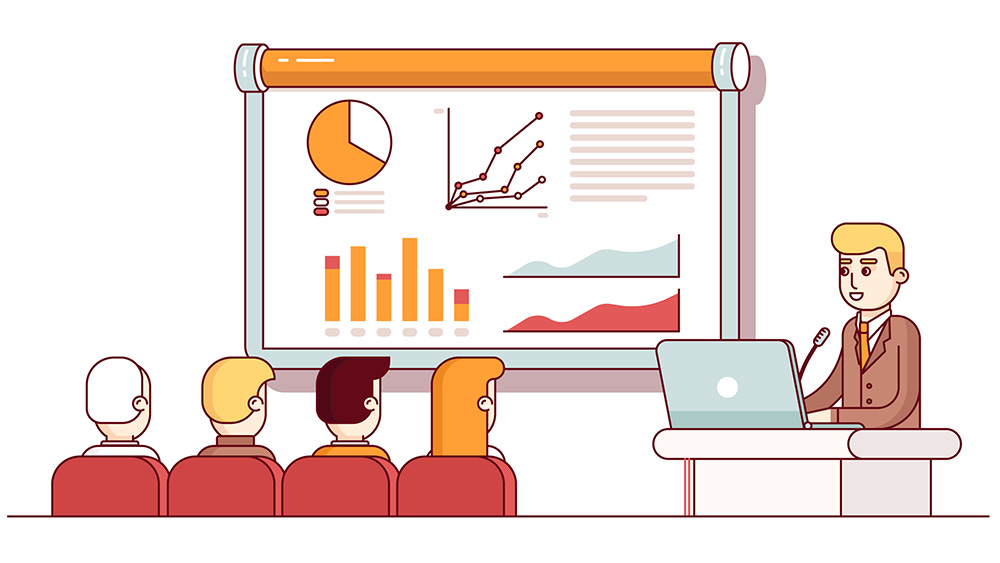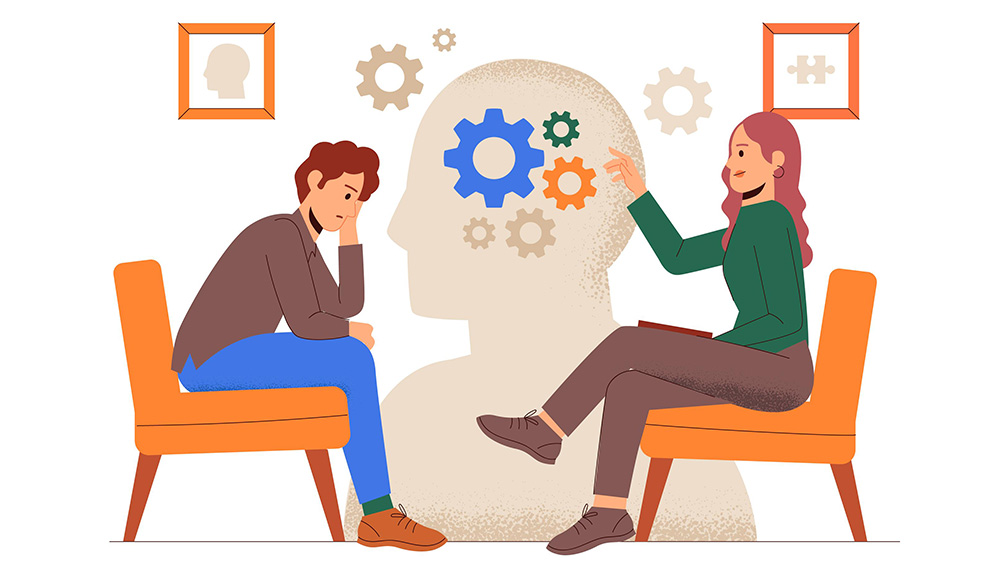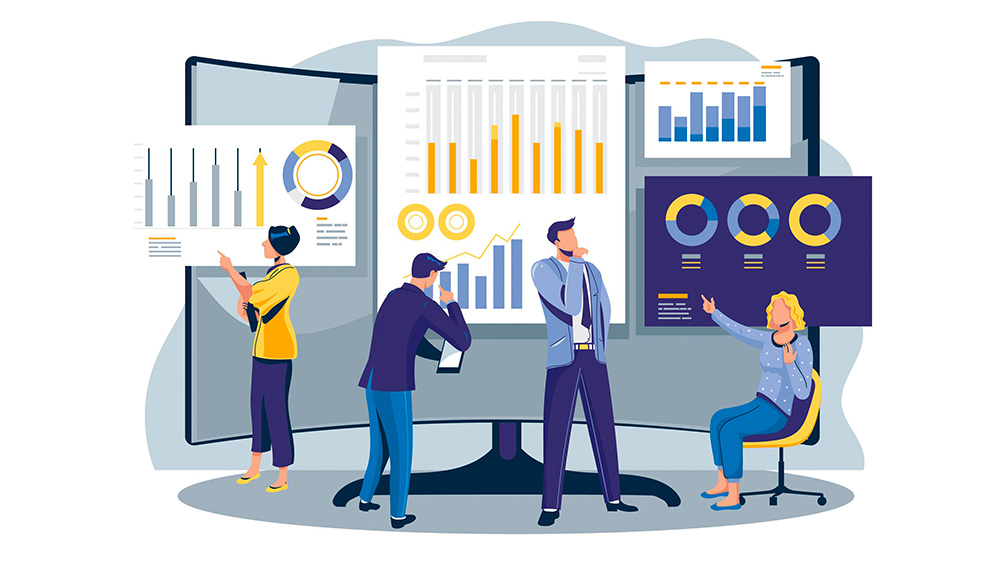Methods For Physics Instruction And Learning
Physics can be taught using a number of different methods. Physics is an area that lends itself naturally to an experimental method, hence it is anticipated that this will be represented throughout the course.
It is up to the specific teachers to choose a sequence that works for their classrooms because the sequence in which the curriculum is organized does not necessarily reflect the sequence in which it must be taught. If desired, portions of the option content may be taught alongside the core or the AHL (additional higher level) curriculum, or the option content may be taught separately.
Scheduling Of The Syllabus
By giving students the chance to conduct practical experiments, they are engaging in some of the same activities that scientists do. Students can experience the essence of scientific inquiry and cognition through experimentation. All scientific principles and ideas are founded on observations.
It is crucial that students participate in a practical programme that is inquiry-based and promotes scientific inquiry. Students must be given the chance to engage in meaningful inquiry; it is not sufficient for them to be ready to merely follow instructions and reproduce an experiment. Students will have the capacity to create an explanation based on trustworthy facts and logical reasoning as they develop their scientific inquiry skills. Once acquired, these higher-level thinking abilities will equip pupils with the ability to learn continuously and to be scientifically literate.
GIBM’s IB Physics Tutor’s Approach To Enhance Learners’ Mathematical Skills That Are Significant To Learn DP Physics
Technology utilisation is a crucial component in DP mathematics education. One of the goals of
- Conduct addition, subtraction, multiplication, and division among other fundamental mathematical operations.
- Do calculations involving reciprocals, means, approximations, decimals, percentages, fractions, ratios, and ratios.
- Use trigonometric functions to do modifications
- Perform operations using the exponential and logarithmic functions (HL only)
- Use conventional notation (3.6 X 106, for instance).
- Utilize inverse and direct proportion
- resolve basic algebraic problems
- Addressing simultaneous linear equations
- Plot graphs (with appropriate scales and axes) displaying both linear and non-linear correlations between two variables.
- Plot graphs (with appropriate scales and axes) displaying both linear and non-linear correlations between two variables.
- Understanding how to analyse graphs, particularly how to evaluate areas, intercepts, and changes in gradients
- On a scatter graph, draw the lines that best fit the data (these can be curved or linear).
- Build linear lines of minimum and maximum gradients on a finest linear graph with relative precision (by eye) while accounting for all uncertainty bars.
- Use x-bar notation to represent the arithmetic mean when interpreting data displayed in many ways, such as bar charts, histograms, and pie charts (for example, x)
- Clearly and justifiably express uncertainty to one or two important figures.
FAQ'S
Why is HL IB physics so challenging?
It differs from other subjects. Before you even consider the physics involved, it necessitates a foundation in maths and problem-solving skills. IB Physics begins with the most difficult subject. Mechanics is typically taught during the inaugural month of classes because it is required by the IB Physics standard.
What should a physics IA for the IB include?
Applying scientific reasoning to investigate previously learned concepts and document them appropriately should be the main goal of your Baccalaureate Physics IA. It can be intimidating and make you even more confused to choose a brand-new topic.
Do I need to take Physics IB?
Biology and healthcare, which are the cornerstones of the veterinary and medical professions, can be used to apply the understanding of physics acquired through the International Baccalaureate’s Diploma in Physics course. If you want to work in any field of research or applied science, it is highly advised that you take Physics.
Where to get the best IB physics classes?
The finest IB DP physics tuition at IBGA is distinguished by individualized attention, knowledgeable instructors who have a thorough understanding of the curriculum, engaging teaching strategies, regular feedback to monitor progress, and lots of practice with actual test problems. Additionally crucial is a safe environment that promotes development and self-assurance.
How to master IB physics?
A variety of resources can help you master IB Physics. To understand ideas and exam patterns, begin by studying the official IB texts and past exams. Add in interactive simulations, online resources, and instructional videos as supplements. Join study groups and look for experienced instructors or teachers for advice. The keys are practise, curiosity, and perseverance.
What is external assessment of IB Physics?
Three written papers make up the external physics evaluation. There are 30 or 40 multiple-choice questions in paper 1 depending on the level of difficulty. On the core (including Additional Higher Level (AHL) topics at HL), Paper 2 includes short-answer and extended-response questions. Paper 3 is divided into two portions, Section A, which includes many short-answer questions on experimentation on the core (and AHL material at HL) and one data-based question. There are questions associated with each of the four options in Section B, both short-answer and extended-response.
What is special about IB DP Physics?
Students have the chance to plan studies, gather data, practice data manipulation, analyze outcomes, work with peers, and assess and present their findings. The investigations could employ models and databases in addition to lab work. Students learn how to work individually on their own designs as well as collaboratively, especially with schools from other regions, to reflect how scientific research is carried out in the larger world.
What are the essential elements of assessment and curriculum models?
For SL and HL, the minimum required hours are 150 and 240, respectively. There are internal and external assessments of students. Students studying physics at the SL and HL levels follow a single core curriculum and internal assessment (IA) programme. While HL students are expected to study certain subjects in greater detail, new topics, and more challenging extension material in the choices, both SL and HL students share several essential abilities and activities. Between SL and HL, there is a difference in both width and depth.
What is the importance of internal assessment of IB physics?
A single individual inquiry is used to evaluate the 20% of the final evaluation that comes from internal assessment. This inquiry might use a hands-on approach, exploit databases, employ modeling, simulation, or a combination of these methods. The instructor grades student work on a personal level, while the IB reviews it professionally.
In IB Physics, what percent is a 7?
Students can earn a 7 in May 2022 with a minimum total score of 65%, but 75% will be required in May 2023. The grade limits for May 2023 will, on average, be more challenging than those for May 2022. Paper 3 will be the hardest of the three because it just needs a score of 68% score to qualify for 7, making it the most challenging.
Related Courses
WHAT STUDENTS SAY






